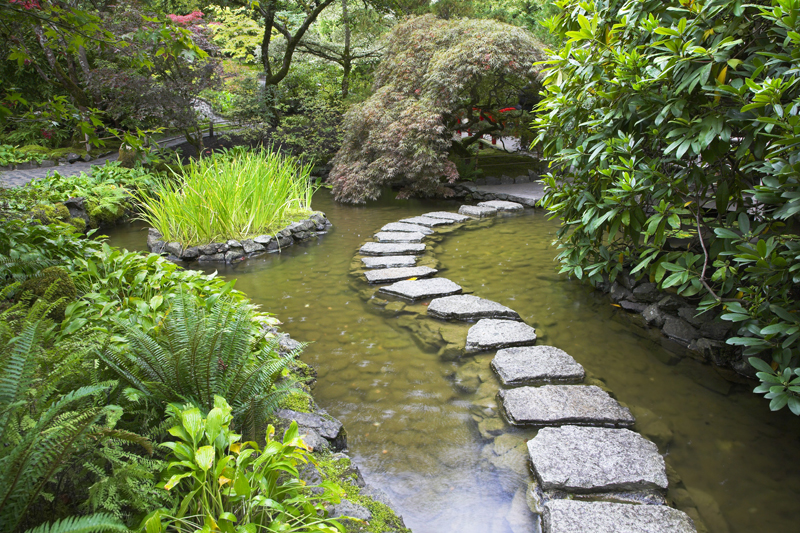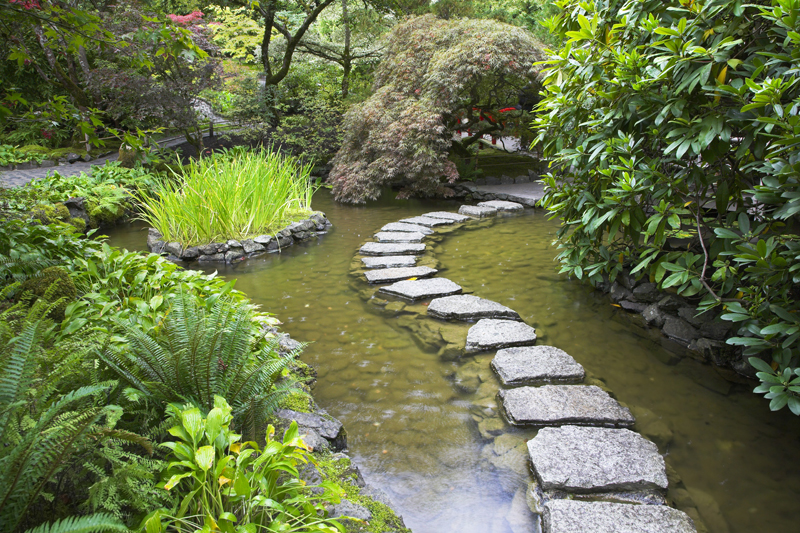Balsam Poplar

Balsam poplar is a great tree for very cold areas where other trees don’t survive. This is also known as balm-of-Gilead, bam, and tacamahac. Loggers refer to this tree as popple.
This native grows along swamps, lakes, and streams, and on sandy soil of river bottomlands, sandbars, and bogs where the soil is often flooded.
This is native in Northern areas in Alaska, from New York and Michigan to Oregon and Alaska. In the West. It is native to the Rocky Mountains at elevations over 5000 feet.
The tree does well in cold climates and in the southern part of its natural range. It makes a great shade tree for zones 2 through 4.
Normally, this is not a long lived tree. However, trees that were 150 to 200 years of age have been found although this doesn’t usually happen.
Like most poplars, balsam poplar is a fast growing plant. Various kinds of wildlife feed on the twigs, buds, and leaves. The roots produce suckers that enable the tree to spread.
Balsam poplar wood is soft and lightweight, yet it is quite strong. That is why it is used for fruit baskets and boxes. This is also used for pulp wood. This rather short lived tree forms natural hybrids with other poplars.
Description of Balsam Poplar
Balsam poplar is a sun-loving large, open, pyramidal, narrow crowned stout tree. Although this has sometimes reached 100 feet or more in height in the North. the plant is often smaller elsewhere, usually around 75 feet tall or so. The trunk can be 6 to 7 feet in diameter. This tree has few branches.
The deciduous, alternate leaves taper to a sharp point. These are 3 to 7 inches long and up to 3 inches wide. However, the leaves on the suckers can be a foot long.
The vivid green foliage is covered with a brass-like cast due to the brownish hairs.
The underside of the leaves are a paler green. The foliage isn’t a source of rich fall color. These have a coarse texture.
The bright green leaves are slightly rounded to ovate. When these are blown around by the wind, they look silvery.
The young, thick, firm leaves release a balsam-like scent. These are finely toothed.
The drooping catkins, 3 to 4 inches long, appear before the leaves unfurl. The fruits mature very quickly by the time the leaves have reached their full size. Then the seeds are blown around by the wind. The plant produces lots of seeds.
Problems of the Poplars
All poplars are prone to certain problems. The plants have aggressive roots that can damage drains and pavement.
The weak wooded trees are prone to storm damage. Various diseases and insects can affect these trees.
This native grows along swamps, lakes, and streams, and on sandy soil of river bottomlands, sandbars, and bogs where the soil is often flooded.
This is native in Northern areas in Alaska, from New York and Michigan to Oregon and Alaska. In the West. It is native to the Rocky Mountains at elevations over 5000 feet.
The tree does well in cold climates and in the southern part of its natural range. It makes a great shade tree for zones 2 through 4.
Normally, this is not a long lived tree. However, trees that were 150 to 200 years of age have been found although this doesn’t usually happen.
Like most poplars, balsam poplar is a fast growing plant. Various kinds of wildlife feed on the twigs, buds, and leaves. The roots produce suckers that enable the tree to spread.
Balsam poplar wood is soft and lightweight, yet it is quite strong. That is why it is used for fruit baskets and boxes. This is also used for pulp wood. This rather short lived tree forms natural hybrids with other poplars.
Description of Balsam Poplar
Balsam poplar is a sun-loving large, open, pyramidal, narrow crowned stout tree. Although this has sometimes reached 100 feet or more in height in the North. the plant is often smaller elsewhere, usually around 75 feet tall or so. The trunk can be 6 to 7 feet in diameter. This tree has few branches.
The deciduous, alternate leaves taper to a sharp point. These are 3 to 7 inches long and up to 3 inches wide. However, the leaves on the suckers can be a foot long.
The vivid green foliage is covered with a brass-like cast due to the brownish hairs.
The underside of the leaves are a paler green. The foliage isn’t a source of rich fall color. These have a coarse texture.
The bright green leaves are slightly rounded to ovate. When these are blown around by the wind, they look silvery.
The young, thick, firm leaves release a balsam-like scent. These are finely toothed.
The drooping catkins, 3 to 4 inches long, appear before the leaves unfurl. The fruits mature very quickly by the time the leaves have reached their full size. Then the seeds are blown around by the wind. The plant produces lots of seeds.
Problems of the Poplars
All poplars are prone to certain problems. The plants have aggressive roots that can damage drains and pavement.
The weak wooded trees are prone to storm damage. Various diseases and insects can affect these trees.

Related Articles
Editor's Picks Articles
Top Ten Articles
Previous Features
Site Map
Content copyright © 2023 by Connie Krochmal. All rights reserved.
This content was written by Connie Krochmal. If you wish to use this content in any manner, you need written permission. Contact Connie Krochmal for details.



